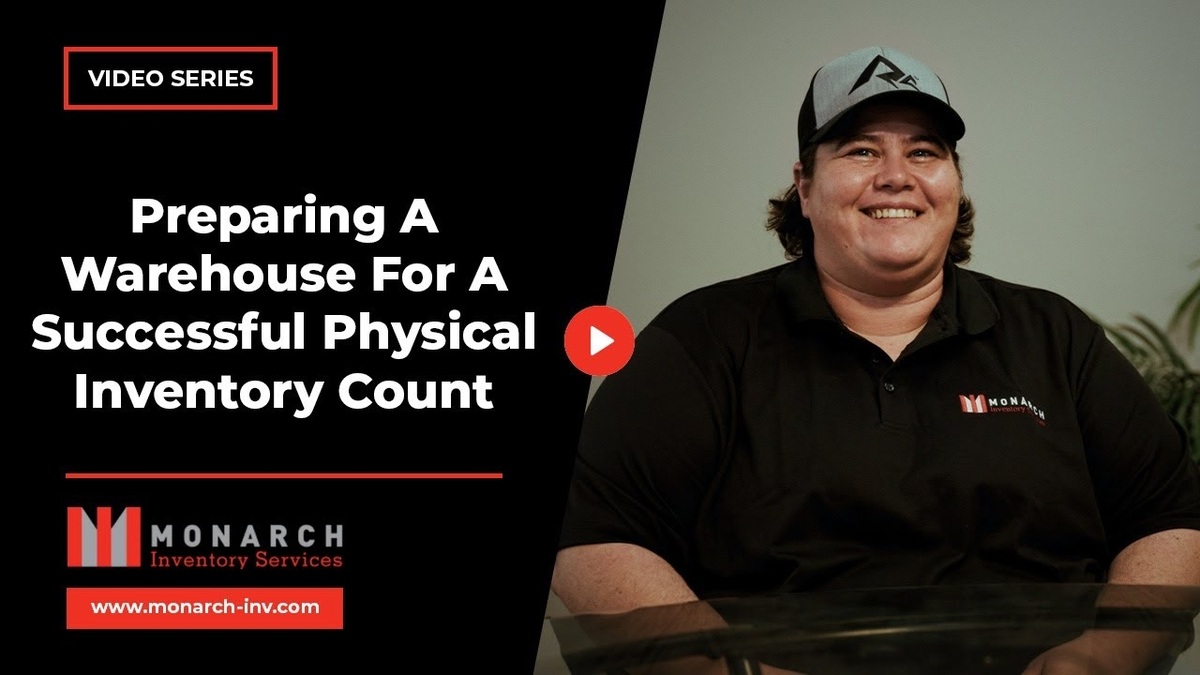The choice between FIFO and LIFO in inventory management can have a major impact on your business operations. Whether you’re overseeing a small warehouse or a large distribution center, understanding how these two methods differ is key to reducing waste, boosting efficiency, and maximizing your financial resources. Let’s explore both systems to see which one fits your needs best.
What is FIFO?
FIFO, or “First In, First Out,” is a method where the items that are received first are the ones that are sold or used first. Essentially, it prioritizes older stock, ensuring that goods with an earlier shelf life move through the system before newer products. This approach is widely adopted in industries where inventory has a limited shelf life.
For example, imagine you receive a batch of products every Friday for three weeks. Under the FIFO method, the products received on the first Friday should be the first ones to go out. This ensures that older stock doesn’t sit idle and degrade, reducing the risk of waste due to expired or unusable products.
Benefits of Using FIFO
- Reduces Waste: In industries where inventory has a shelf life, FIFO ensures that older products are used first, minimizing the risk of spoilage. Think about gaskets, O-rings, or even metal parts coated in grease. If not used within a certain time, the rubber dries out, cracks, and becomes unusable. By using FIFO, we avoid scenarios where perfectly good products turn into garbage.
- Less Inventory Loss: FIFO helps to limit the accumulation of obsolete inventory. Over time, products sitting for too long may lose their quality or functionality. By cycling through the older items first, you’re less likely to write off stock that has become outdated.
- Consistent Product Quality: By shipping or using older items first, you maintain a higher consistency in product quality, especially for items with perishability concerns.
What is LIFO?
LIFO, or “Last In, First Out,” operates on the opposite principle of FIFO. It prioritizes the newest items, meaning the most recently received inventory is sold or used first. While this may work well in some industries, it can lead to waste if older stock is left sitting for too long.
In the same example of receiving products every Friday for three weeks, LIFO would dictate that the items received on the third Friday should be used first, even though the products from the first Friday are still in stock. Over time, this can lead to older items becoming unusable if they aren’t cycled out in time.
Drawbacks of Using LIFO
- Higher Risk of Waste: One major issue with LIFO is that older stock can sit untouched for too long. If products have a limited lifespan, they can become damaged or outdated. We’ve encountered warehouses that had to throw away pallets of corks that dried out and became completely unusable, simply because they were left sitting too long under a LIFO system. Every bit of that was wasted, resulting in lost money.
- Potential Inventory Loss: Just like with FIFO, if you’re not properly tracking your older inventory, LIFO can lead to higher instances of writing off unsellable stock. For example, if you have metal parts coated in grease to prevent rust, leaving them unused for too long can lead to corrosion once the grease dries up.
- Financial Considerations: LIFO may appeal to companies where the cost of products fluctuates. For instance, if you purchased screws last year for 50 cents and now the price has risen to $2, using the newer, more expensive stock first could help with short-term profitability. However, this doesn’t change the fact that the older, cheaper inventory could still go to waste if left unused for too long.
When Should You Use FIFO vs LIFO?
Now that you understand the mechanics of both FIFO and LIFO, how do you determine which system is best for your business?
Use FIFO When:
- Your Inventory Has a Shelf Life: If you’re working with perishable items, or products that degrade over time (like rubber components or grease-coated metals), FIFO is your best bet to minimize waste and maximize usage.
- You Want to Maintain Quality: Using FIFO ensures that the older stock, which may be more prone to damage or spoilage, is moved out before it becomes a problem.
- Reducing Loss is Your Priority: If minimizing financial losses due to inventory obsolescence is a primary concern, FIFO is the system you should adopt.
Use LIFO When:
- You Have Constantly Rising Costs: If the cost of acquiring inventory is consistently rising, LIFO can help your company record lower profits on paper, which could reduce taxable income in the short term.
- Stock Expiry Isn’t a Concern: If the products you’re handling don’t degrade over time, LIFO could work for you. However, bear in mind the potential for inefficiencies and higher waste if inventory isn’t monitored carefully.
Practical Considerations for Implementing FIFO and LIFO
Both methods have their own set of challenges when it comes to practical implementation. For example, some warehouses use gravity-fed racking systems to simplify FIFO operations, where products are loaded from the back and picked from the front, making it easy to always grab the oldest stock. However, this requires specific warehouse layouts, such as creating drive paths for workers to access the rear of the racks, which may not always be feasible.
Similarly, with LIFO, maintaining older stock in accessible locations can be problematic, leading to space inefficiencies. Ultimately, the best system depends on the nature of your products, your warehouse design, and the financial aspects of your business.
In Summary
When choosing between FIFO vs LIFO, it’s important to consider your inventory’s shelf life, the cost of goods, and how much waste you’re willing to accept. In our experience, FIFO tends to be the better option for reducing waste and maintaining product quality. However, LIFO can make sense in certain financial situations. Regardless of your choice, it’s essential to use systems that help you track inventory effectively and reduce loss.
If you’re struggling to determine whether FIFO vs LIFO is the best inventory management method for your operations, contact us for expert advice.



